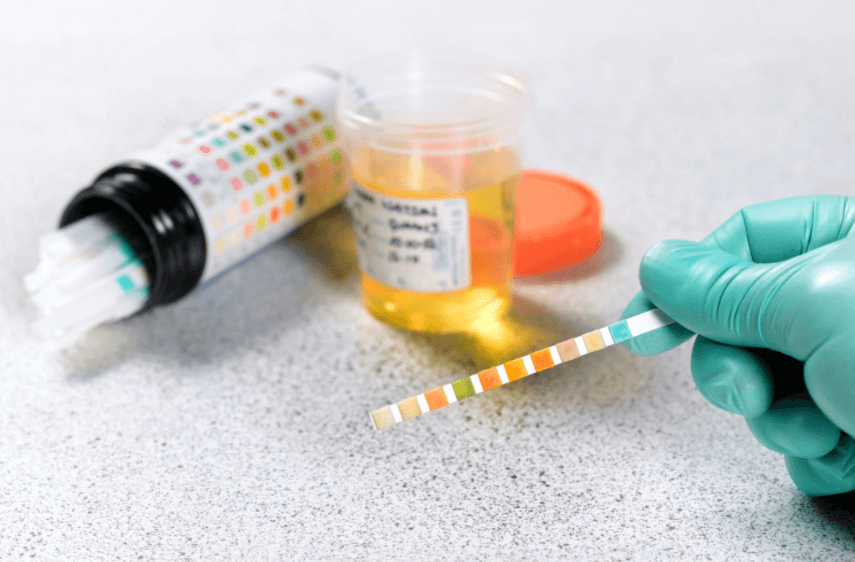Nail Drug Testing; A Versatile Alternative To Hair Testing

If you were to ask random people about drug testing, a majority would mention blood, urine, saliva, or hair, to some extent. After all, most people are familiar with their employers asking for bodily fluids during a routine work drug inspection.
As a result, not many individuals are familiar with nail drug testing. I mean, why would minute clippings from thick, dead skin provide any insight on potential drug abuse? Allow us to take you through what you need to know about nail drug testing.
How Drugs Find Their Way Into Nails
Like your hair, nails are made from keratinized proteins, which tend to be a little soft and porous. That makes them the perfect nesting grounds for drugs and their byproducts.
Drugs become integrated into nail fibers in any of the following ways;
- The skin produces sweat and oil, which secrete toxins into the nails
- Drugs from the bloodstream are embedded into the nail root
- The porous nature of nails allows drug absorption into their structure
Drugs Detected by Nail Drug Testing
Typically, a nail drug test uses a 17-panel kit that accurately measures any of the following substances;-
- Cannabinoids
- Opiates
- Amphetamines
- Methadone
- Ketamine
- Oxycodone
- Fentanyl
- Benzodiazepines
- EtG alcohol markers
- Poroxyphene
With such an extensive panel of detected drugs, nail drug testing is an excellent option for any of the following scenarios;-
- Individuals unable to provide a hair sample for drug screening
- Persons in need of drug testing services for private reasons
- Employers seeking to screen potential employees
- Persons in need of court-ordered or court-admissible drug testing
The Detection Window
Reports show that the window of opportunity when scanning nails varies. Fingernails have a 3 to a 6-month window, while toenails have an 8 to 14 months detection window. That is because fingernails take a shorter time to grow than toenails.
What To Expect
Once at the lab, the donor is asked to thoroughly wash their hands, paying particular attention to the area under their nails. Then, in the presence of a qualified specimen collector, the donor clips their nails. A regular nail clipper, which must be cleaned before handing it to the donor, is commonly used.
The nail samples should be 2 to 3 mm long and weigh no less than 100mg. Clippings from all ten fingernails may be required to provide adequate test material. Notably, the nail clippings length may be influenced by the nail thickness. Samples may be collected from both hands and feet as preferred.
Most importantly, the nails should be of normal appearance and free from contaminants such as dirt, nail polish, oil, and false nails.
Once you get to 100mg of nail clippings, the sample is secured and sent to the lab for drug testing. The actual process is quick and painless, making it one of the most preferred drug testing methods.
How Nail Drug Testing Works
Once inside the body, ingested substances are broken down into different metabolites, which pass into nail tissue – keratin – through blood vessels beneath the nail. The metabolites become trapped, and as the nail grows longer, its layers provide substance abuse evidence.
The nail tissue is then collected and screened for drug and alcohol use, using immunoassay screening, followed by a confirmatory test. Or mass spectrometry or liquid chromatography may be utilized.
Typically, the test results are available in 5 to 10 days. Consequently, fax and telephone results get to you approximately five days after specimen collection, while a mailed test may take up to 17 days.
Pros
- Quick and painless
- An ideal alternative when donor lacks adequate hair on their head or body
- Prolonged detection window
- The sample collection method is non-intrusive
- Sample collection can be observed
- No known cheating method yet
Cons
- Cannot detect recent substance use
- Sample collection requires a particular nail length
- Cannot establish exact drug use pattern, unlike hair testing
- Unreliable when confirming one-time substance use as it is unlikely the drug will have made it to the keratin
- Toenail samples cannot be collected if the donor has diabetes or peripheral artery disease
Conclusion
Nail drug testing is the closest alternative to hair testing – if the latter is not possible for various reasons. On its own, nail drug testing is a reliable tool. However, its sensitivity and specificity increase when paired with other drug testing techniques, providing a comprehensive view of an individual’s drug use history.
Besides, there are no known ways to cheat in this test, making it one of the most accurate drug screening methods.







